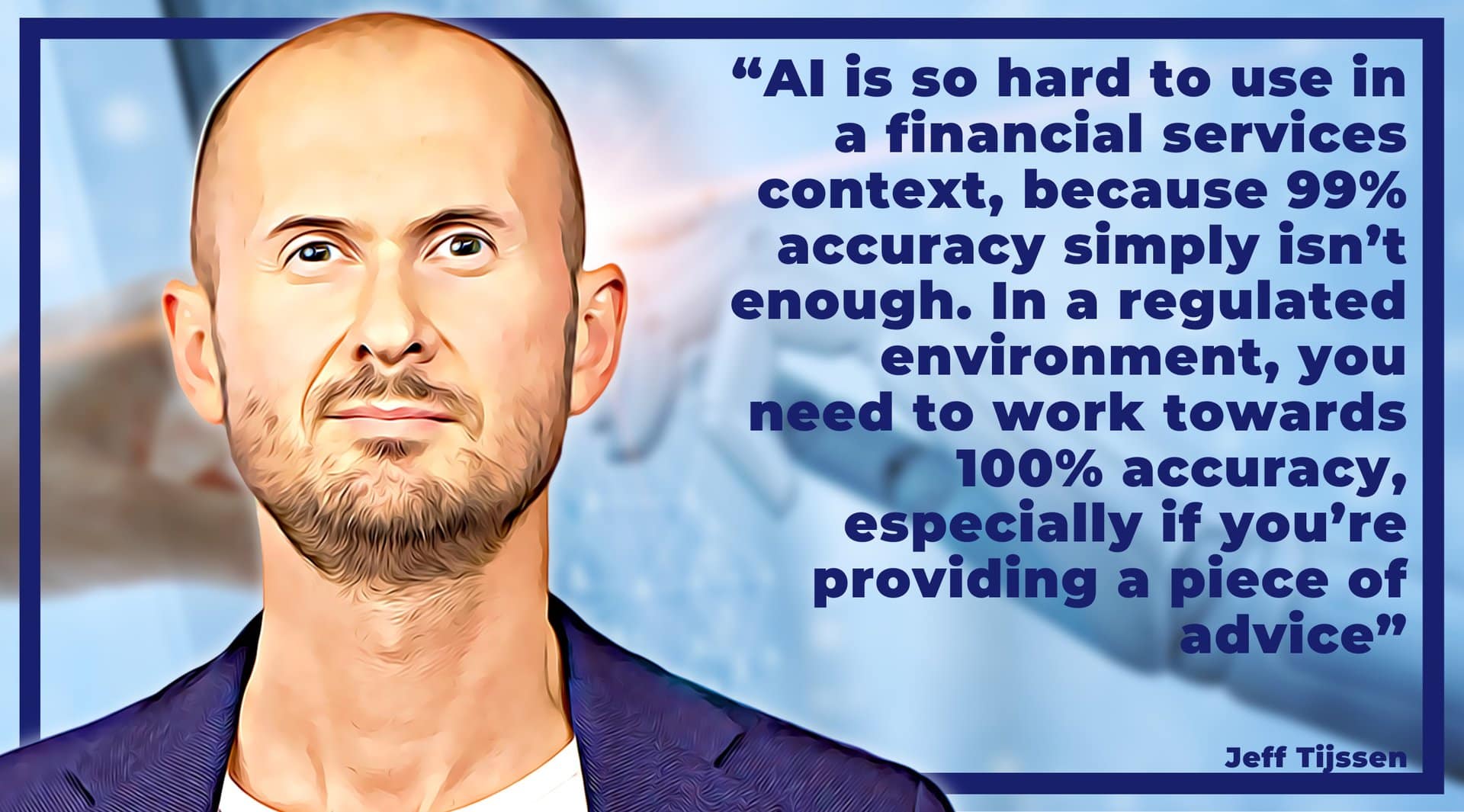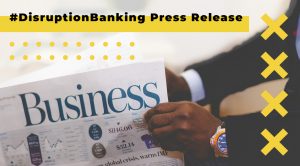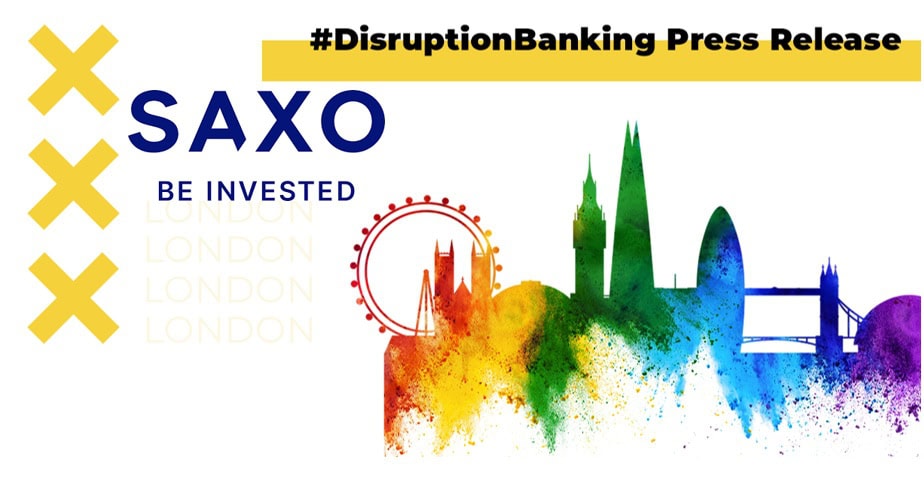In November 2022, the San Francisco-based firm OpenAI released their flagship piece of technology. Pretty much overnight, their artificial intelligence-powered chatbot – ChatGPT – became a household name. Within months the company was valued at almost $30 billion.
While AI has been around in some form or another for at least sixty years, this breakthrough came through the sophisticated deployment of generative AI. ChatGPT represents a major advance in technology’s ability to produce content – audio, code, images, text, videos, and more – that were once the sole domain of human creativity.
Since then, much of the world has been engrossed in debates about AI and the future of our economies, even societies, in light of what appears to many to be a revolutionary new technology. Jeff Tijssen, Expert Partner and Global Head of Fintech at Bain & Company, is tasked with grappling with how AI could transform the future of financial services.
Early adopters of generative #AI coding assistants say they’re improving software speed to market, quality, and cost. Explore how leaders are setting themselves up for success. https://t.co/syg2Glq0Oj pic.twitter.com/rMyi7E1wyk
— Bain & Company (@BainandCompany) June 16, 2023
“In the last six to twelve months, everybody has been talking about generative AI,” Jeff said. “We’ve seen such high levels of demand from our clients, and everybody wants to understand what this technology means for their business.”
“Generative AI effectively refers to the fact that it’s very conversational – it gives you the ability to generate various sorts of images and offers other use-cases that weren’t possible before. The big game-changer is the emergence of large language models. That sets the technology apart from the more historical forms of AI that banks have been using for many, many years.”
Several leaders in financial services have emphasised the qualities of generative AI. Chalapathy Neti, Head of AI at Swift, described ChatGPT as “mind-boggling.” Goldman Sachs’ Chief Information Officer, Marco Argenti, has said the bank is experimenting with the tool internally to help developers generate and test code. Morgan Stanley is reportedly testing an OpenAI-powered chatbot that could be used to assist the bank’s advisors make more efficient use of its research and data.
Big banks are talking up generative A.I. — but the risks mean they're not diving in headfirst https://t.co/PsF3QjUFeC
— CNBC (@CNBC) June 13, 2023
Jeff told Disruption Banking that “we’ve looked at a whole series of different use-cases – and there’s literally hundreds and hundreds of them.”
“If you look at sales and relationship management, for example, you spend a decent amount of your time doing a lot of manual work that clearly could be and should be automated. With generative AI, you could have this super-personal assistant working for you in the background that’s constantly analysing what’s going on with companies in your portfolio: looking at social media news, transcripts of annual reports or quarterly reports,” Jeff said. “That in itself is obviously very compelling – having that personal assistant in your pocket.”
Another major area where Jeff believes generative AI can add value is for software developers. “This comes up in 90% of conversations I’m having with my clients. Of course, developers and engineers spend an awful lot of time writing and reviewing codes. With generative AI, you can generate new codes automatically or immediately find certain flaws in different types of code,” Jeff explained.
“That’s a massive game-changer – and one of the advantages is that it effectively allows you to develop new products, new propositions, much more quickly and efficiently. Having to manually code every single thing can of course take up significant amounts of time,” he added.
Trending: AI and coding: How Seattle tech companies are using generative AI for programming https://t.co/IuicNHHp9u
— GeekWire (@geekwire) June 14, 2023
With all that said, it’s also true that banks are some of the most regulated companies anywhere in the world – and are therefore hesitant to embrace AI fully without understanding the potential risks. Part of the reason for this is because there isn’t much regulatory clarity about what exactly banks are allowed to do. The European Union has proposed an AI Act, and British prime minister Rishi Sunak has committed to holding a global summit on AI, but the framework still remains vague.
As Jeff noted, “I think the challenge for a bank is that, if anything goes wrong, you’re on the front page of the Financial Times the following day.”
“We’re doing a fair amount of work with our clients at the moment, helping them to understand not just their risk appetite, but how they build controls and frameworks around this,” he told Disruption Banking. “What governance needs to be put in place that allows you to effectively make the most of all the amazing opportunities generative AI has to offer, but do it within certain controls?”
#AI has become of greater prominence in recent months. The EU has now proposed an Artificial Intelligence Act to ensure there is regulated control of AI. But will the UK follow suit and what does this mean for AI #innovation? #regulationhttps://t.co/XiqBoKbtK2
— #DisruptionBanking (@DisruptionBank) June 1, 2023
These concerns are also a reflection of the fact that AI is a nascent industry – one that is growing and adapting rapidly. Banks, and other institutions, are aware that AI is still full of flaws: inaccuracies, prejudices, and more.
“I think it’s still very, very early days,” Jeff said. “And there are plenty of flaws in the existing model. This is why it’s so hard to use in a financial services context, because 99% accuracy simply isn’t enough. In a regulated environment, you need to work towards 100% accuracy, especially if you’re providing a piece of advice.”
“It’s fantastic to see the models getting smarter and smarter and smarter, literally by the day,” Jeff noted. “Some of the talent that is working in this space is exceptional.”
“But it will take some time before we’ll see the concerns getting addressed.”
Author: Harry Clynch















